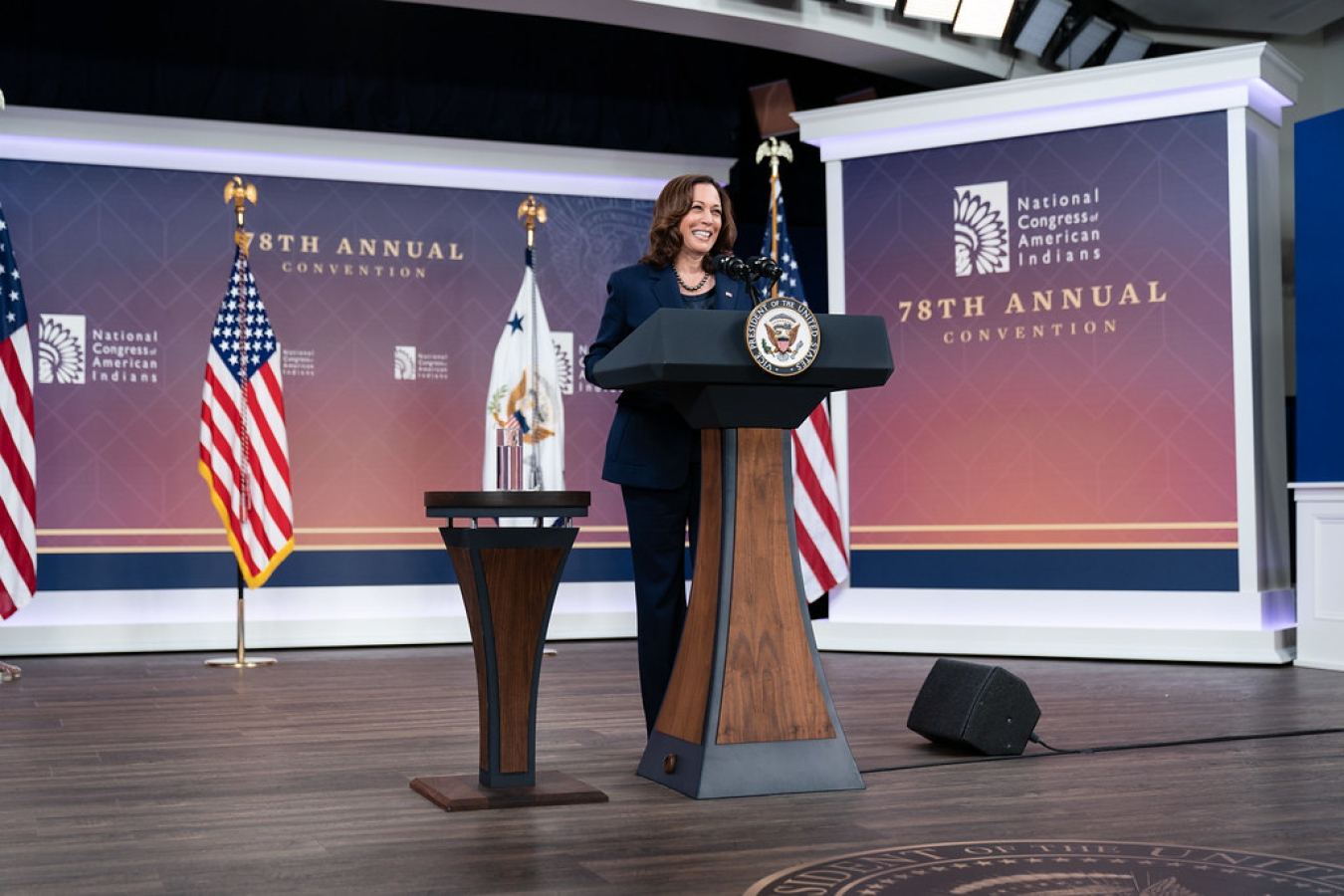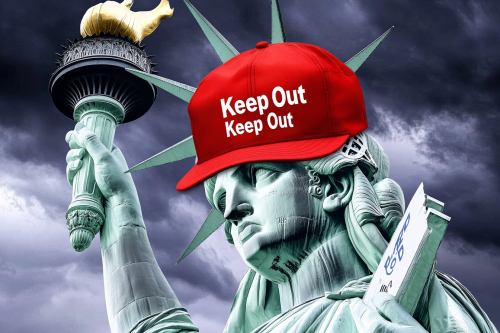By Sanwar Ali:
Many US companies are facing challenges in employing overseas talent due to various immigration hurdles. The limited supply of H1B visas, stringent requirements for L1 and E2 visas, and lengthy green card processing times have left many businesses struggling to find and retain skilled foreign workers. This article will explore the reasons behind these difficulties and their impact on both US businesses and foreign workers.
Table of Contents
- Introduction
- H1B Visa Shortage
- L1 Visa Limitations
- E2 Visa Constraints
- Green Card Delays
- Impact on US Businesses
- Impact on Foreign Workers
- Alternative Solutions
- Role of US Workers
- Conclusion
Introduction
US companies have long relied on skilled foreign workers to fill talent gaps in various industries. However, the process of obtaining a US visa for these workers is difficult, with many businesses being forced to outsource and relocate employees due to visa-related issues. The most common types of work visas sought by US companies include the H1B, L1, and E2 visas, each with its own set of challenges and limitations. In addition, the lengthy processing times for green cards have further complicated the situation for both businesses and foreign workers.
H1B Visa Shortage
The H1B visa is a temporary non-immigrant work visa for skilled professionals, frequently used to employ those in the STEM (Science, Technology, Engineering, and Mathematics) fields. However, the annual cap of 85,000 H1B visas has led to a significant shortage, with demand consistently outstripping supply by a ratio of three-to-one or four-to-one in recent years.
In 2022, there were 483,927 applications for the 85,000 available H1B visas, resulting in an 18% chance of being selected in the lottery system. This shortage has left many companies struggling to hire the talent they need and has forced them to consider alternative solutions such as relocating employees to countries with more lenient immigration systems, like Canada, Mexico, and the United Kingdom.
L1 Visa Limitations
The L1 visa is another option for US companies seeking to employ foreign workers. It is designed for intra-company transferees, allowing employees of multinational companies to temporarily transfer to a US branch, affiliate, or subsidiary. However, the L1 visa is only suitable in certain circumstances, as it requires the employee to have worked for the foreign company for at least one continuous year within the three years preceding the transfer.
Furthermore, the L1 visa is subject to strict requirements and scrutiny from the United States Citizenship and Immigration Services (USCIS), making it a less viable option for many businesses seeking to employ overseas talent.
E2 Visa Constraints
The E2 visa is a non-immigrant visa for foreign investors and entrepreneurs who wish to invest, and their employees for entry to the US. While it can potentially provide a pathway for foreign workers to enter the US, the E2 visa is only available to citizens of certain countries that have a relevant treaty of commerce and navigation with the United States. This limitation excludes several countries, including India, one of the largest sources of skilled foreign workers for US companies.
Green Card Delays
Green cards, which allow immigrants to live and work permanently in the US, are subject to annual caps and lengthy processing times. Certain foreign nationals, particularly those from India and China, face wait times of up to 10-15 years for green card approval due to high demand.
These delays have a significant impact on both US businesses and foreign workers, as they create uncertainty and hinder the ability to retain talent in the long term.
Impact on US Businesses
The difficulties in obtaining a US visa for overseas workers have far-reaching consequences for US businesses. The inability to hire and retain foreign talent can lead to a loss of competitiveness, as companies struggle to fill positions with skilled professionals. In addition, the need to relocate employees overseas can result in increased costs and logistical challenges for businesses.
Moreover, the reliance on a limited number of visa options, such as the H1B, L1 and E2 visas, may not always be feasible or cost-effective for companies looking to employ foreign workers.
Impact on Foreign Workers
Foreign workers seeking employment in the US are also affected by the visa constraints. The limited availability of H1B visas and the challenges associated with L1 and E2 visas can result in a lack of job security, as they may be forced to leave the country if they cannot secure a visa or find a new job within the required timeframe.
Additionally, the lengthy wait times for green card approval can create uncertainty and stress for foreign workers and their families, as they must constantly renew their temporary visas and face the risk of being denied a permanent residency status.
Alternative Solutions
In response to the visa challenges, some US companies have turned to alternative solutions to retain foreign talent. One such solution is nearshoring or offshoring, where companies establish operations in countries with more lenient immigration systems and labor shortages. This allows businesses to continue employing foreign workers without the constraints of the US visa system.
Another possible solution is the expansion of visa programs, such as the H1B visa, to accommodate the growing demand for skilled foreign workers. However, this would require legislative changes and a shift in US immigration policy. This has proved difficult to pass through Congress.
Role of US Workers
Some critics argue that the influx of foreign workers may lead to a decrease in wages for US workers. However, the demand for skilled professionals in the US, particularly in the STEM fields, remains high, and the inability to fill these positions with foreign talent can lead to a loss of competitiveness for US companies.
Some argue, that in order to maintain a balance between the needs of US businesses and the interests of US workers, solutions need to be found that address the visa constraints while also promoting the development and training of domestic talent.
Conclusion
The challenges faced by US companies in employing overseas talent due to US visa constraints have significant implications for both businesses and foreign workers. The shortage of H1B visas, limitations of L1 and E2 visas, and lengthy green card processing times hinder the ability of companies to hire and retain skilled professionals, ultimately impacting their competitiveness and growth.
To address these challenges, a combination of alternative solutions such as nearshoring and offshoring, as well as potential legislative changes to expand visa programs, may be necessary.
Workpermit.com can help with US employment-based visas
If you would like to apply for a US work visa – including L1 visas, E2 visas, O1 visas and H1B visas - Workpermit.com can help.
Workpermit.com is a specialist visa services firm with over thirty years of experience dealing with visa applications. We can help with a wide range of visa applications to your country of choice. Contact us for further details. You can also telephone 0344 991 9222.




